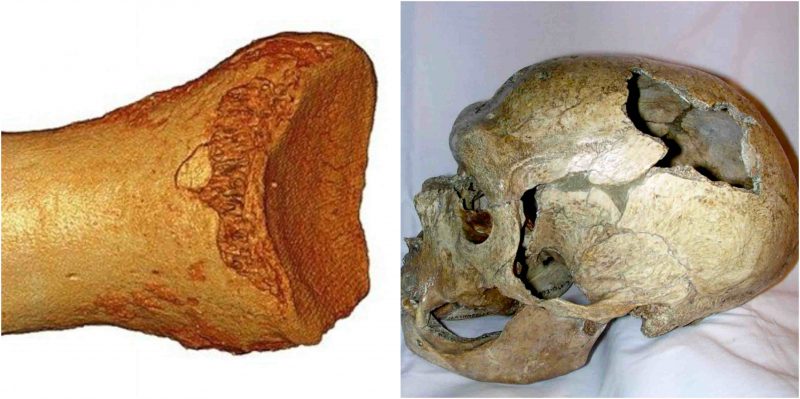Ever think about why and how you got here? You can thank your ancestors for surviving throughout the centuries, passing on their DNA to you. However, what used to be thought the first species of human happens to now be extinct.
One of the major debates today between researchers is tracing when Homo sapiens interbred with their Neanderthal cousins. Researchers have recently uncovered some evidence which suggests modern humans had first interbred with their relatives nearly 100,000 years ago.
While this does not seem so impressive, to researchers it is revealing because the new evidence suggests that the inbreeding happened 50,000 years earlier than they thought.
These new findings will allow researchers to look into how modern humans left Africa to spread worldwide. Researchers from all over the world have worked together in order to reveal the first genetic evidence for when modern humans left Africa.
Those people ended up mixing with the now-extinct people from the Near East. Surprisingly, this was even before our ancestors were believed to have made a mass migration out of Africa less than 65,000 years ago.
Antonio Rosas from the Spanish Natural Science Museum said that modern humans left nearly 100,000 years ago. Those humans then met and bred with a group of Neanderthals, later moving on to Siberia and carrying that gene from Homo sapiens.
Biologist Professor Adam Siepel said that it’s been known since a few years after sequencing the Neanderthal genome in 2010 that the two peoples must have interbred. He added that the data reflects the interbreeding had taken place around 47,000 to 65,000 years ago, around the same time that people emigrated from Africa.
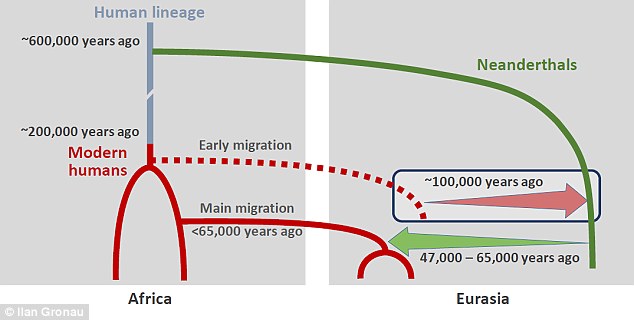
Siepel also explained that one interesting thing they found is that there was a sign of breeding in the opposite direction the researchers thought. He explained that research shows the human DNA in a Neanderthal genome rather than the Neanderthal DNA in human genomes.
There were several teams working on the research, including Cold Spring Harbor Laboratory, Spanish National Research Council, Cornell University, and the Max Plank Institute for Evolutionary Anthropology. T
hey all used certain modeling algorithms in order to compare the genomes of hundreds of humans. They also took four partial genomes from archaic humans.
Contemporary Europeans, Eurasians, and Asians all carry two percent of the genetic sequences from Neanderthals. This is proof that interbreeding did follow the people out of Africa.
To add to that, this implies that the children who were born from Neanderthal humans outside of Africa were raised among the modern humans and were bred with others; this explains why there were fragments of Neanderthal DNA remaining in the human genomes.
Contemporary Africans do not have any traces of Neanderthal DNA in their genomes. This means that the sexual contact between the two groups of humans happened after the people left Africa.
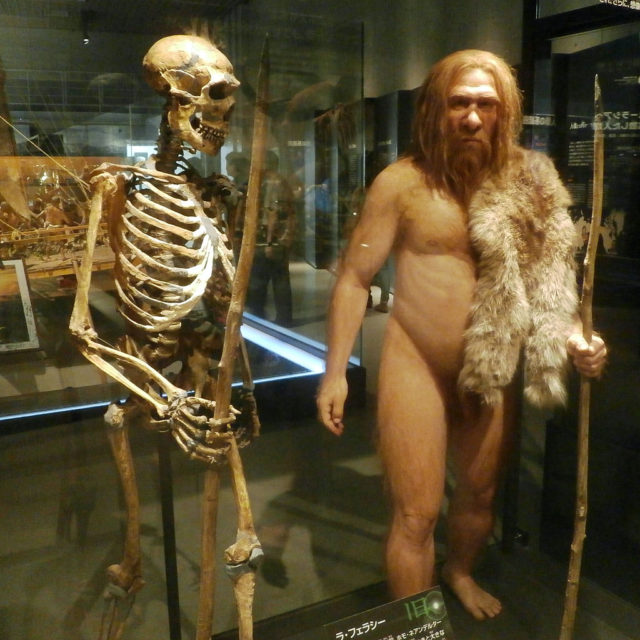
The team’s gene flow only comes from the descendants of modern humans into the Neanderthal genome, specific to only one Neanderthal.
Those remains were found a few years ago in a cave in southwest Siberia in the Altai Mountains near the Russia-Mongolia border. That human had been known as the Altai Neanderthal, evidenced by small bone fragments. This suggests that they migrated out of Africa long before the migration of the Homo sapiens.
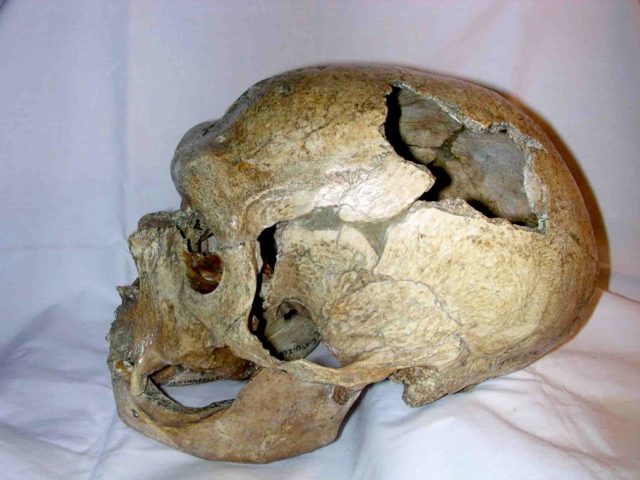
In contrast, the two Neanderthals from those European caves were sequenced. One of those was from Croatia and the other was from Spain.
Both of those lacked DNA which derived from ancestors, which indicated that there wasn’t any inbreeding. The team also analyzed DNA from a Denisovan body whose remains were found in the same cave in the Altai Mountains. Denisovans were just like Neanderthals; they were members who eventually became extinct. Those remains also showed no traces of the modern human DNA.
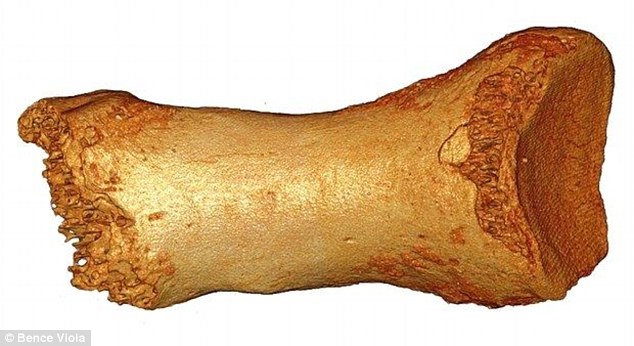
However, the findings don’t necessarily mean the human ancestors never mated with Denisovans or the European Neanderthals. It is most likely the inbreeding occurred after the Neanderthal lineage had diverged from the archaic cousins. It is also possible that a group of modern ancestors from Africa separated from other humans around 200,000 years ago.
